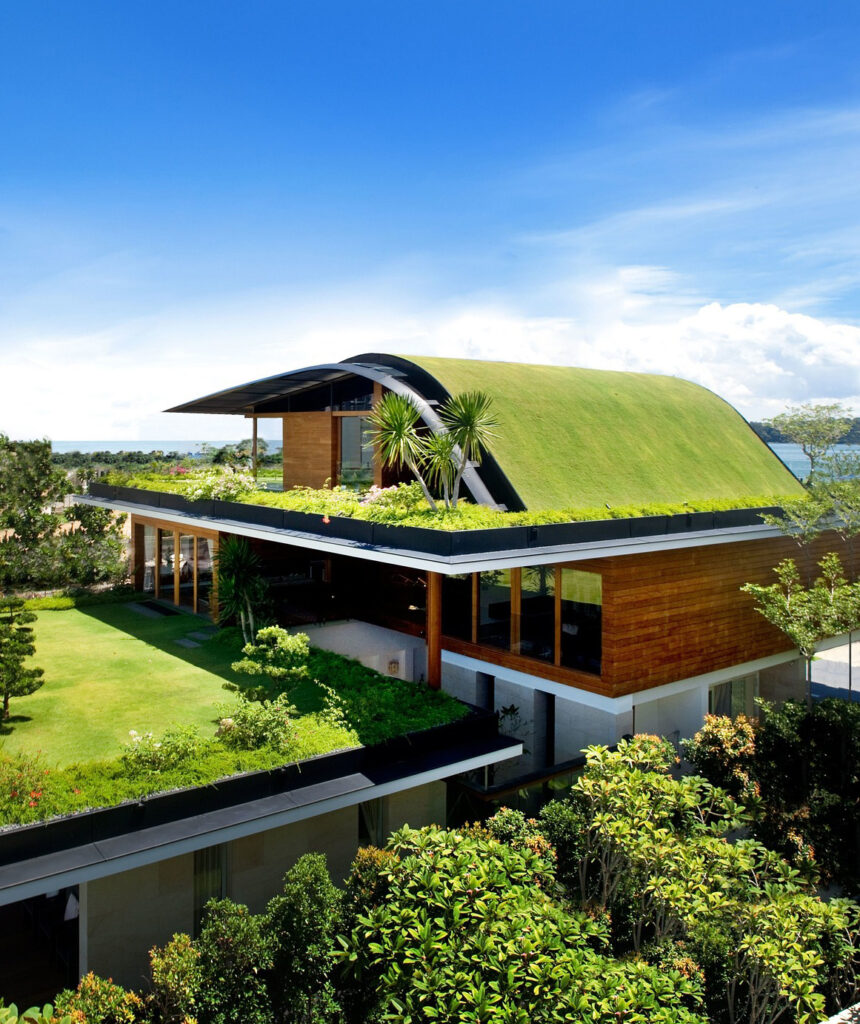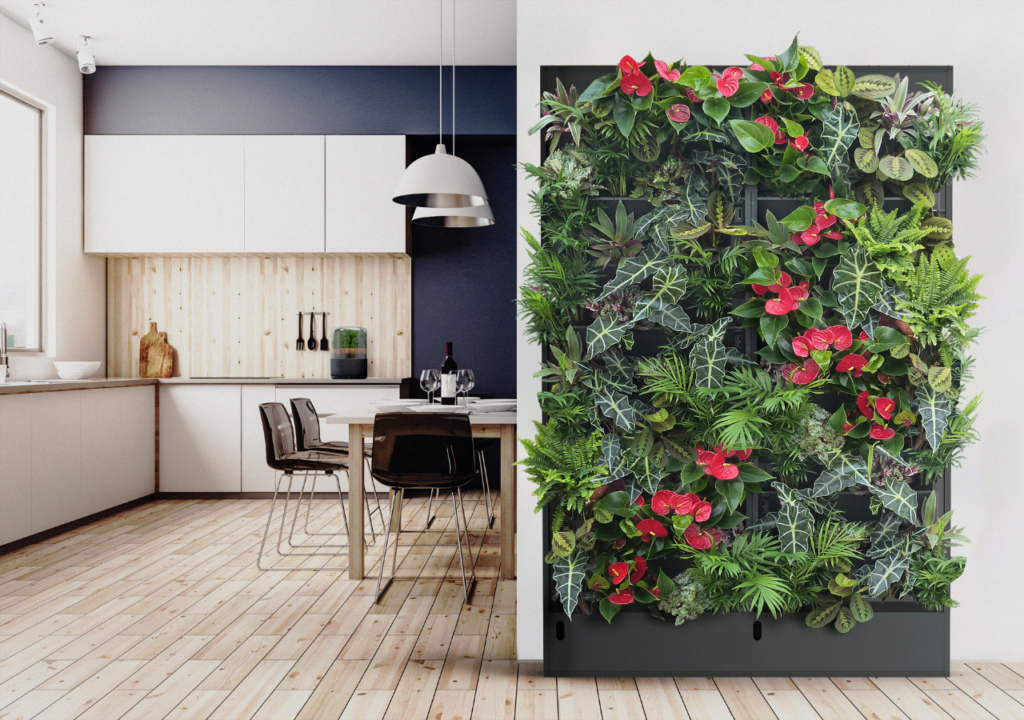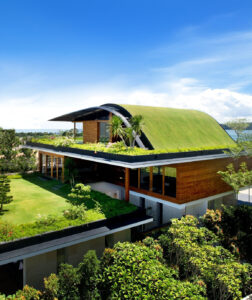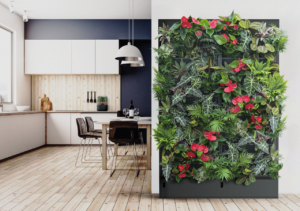Understanding the Different Types of Living Roofs in the UK
Introduction
As the world moves towards more environmentally sustainable practices, property owners in the UK are increasingly turning to living roofs to help reduce carbon emissions and create beautiful green spaces in their urban environments. Living roofs provide a range of benefits, such as insulation, improved air quality, reduction of the urban heat island effect, increased biodiversity, and even food production. However, with several types of living roofs in existence, it may be challenging to choose the right one for your building. In this article, we will explore the different types of living roofs available in the UK.
1. Extensive green roofs
These types of living roofs are the most common and the easiest to install. Extensive green roofs are suitable for low-pitched roofs and consist of lightweight vegetation that does not require irrigation, fertilization, or mowing. These work best in dry and sunny situations to support plants like sedums and moss.
2. Intensive green roofs
Intensive green roofs require a more complex structural design than extensive green roofs. They allow for the creation of functional green spaces like gardens, courtyards, or even parks. Intensive green roofs require regular watering, fertilization, and sometimes mowing due to the presence of larger shrubs and even trees. They can be enjoyed by people as leisure spaces, food-growing areas, and even wildlife habitats.
3. Brown roofs
Brown roofs are created on the backs of construction sites and are primarily left to restore themselves. Crushed concrete, bricks, and rock, as found on building sites, are commonly used as the substrate. Brown roofs are suitable for wilder, rougher-looking landscapes and to encourage the growth of wildflowers and grasses to support biodiversity.
4. Modular green roofs
Modular green roofs are pre-planted modules that are transported to the installation site and fitted together on the roof. They are ideal for pitched roofs as they can be tilted to provide a level surface. Modular green roofs can be used for both extensive and intensive green roof options. A pre-grown modular green roof gives almost instant greenery, making garden roof installation very fast and easy.
5. Blue-green roofs
Blue-green (also known as SuDS) roofs are designed to attenuate rainwater in addition to providing green space and improving biodiversity, as described in extensive, intensive, and brown roofs. Blue-green roofs can store rainwater that can be harvested for re-use, attenuating the remaining flow to the drainage system and thus reducing flood risk and pollution in watercourses.
Conclusion
In conclusion, selecting the right living roof will depend on the size, shape, and pitch of your roof, as well as the intended use. All types of living roofs offer benefits ranging from insulation, biodiversity support, mitigating the urban heat island effect, and food production. Take time and evaluate each option based not only on the expected outcome but also on the budget and maintenance requirements for long-term benefits.
References:
Royal Horticultural Society. (n.d.). Green roofs. RHS Gardening. Retrieved 19th February 2024, from https://www.rhs.org.uk/garden-features/green-roofs





